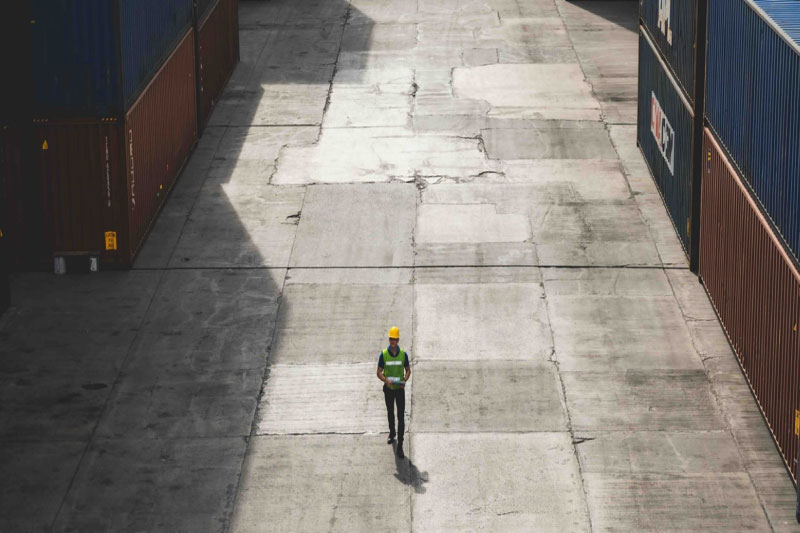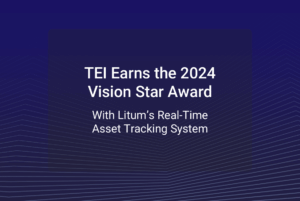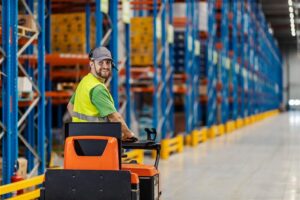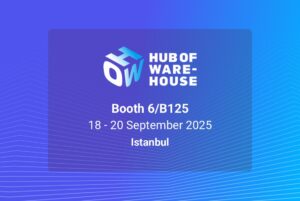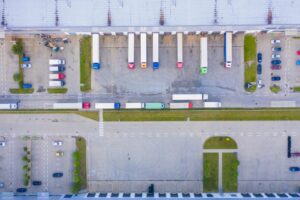Table of Contents
In today’s fast-paced work environments, ensuring the safety of lone workers has become a paramount concern, especially in industries where employees are often isolated or work in potentially hazardous conditions. Real-Time Location Systems (RTLS) have emerged as a vital technology in enhancing the safety and security of these lone workers. This blog explores how RTLS can be effectively utilized to safeguard lone workers across various industries.
Safety Challenges of Lone Workers
Lone workers face unique challenges due to their isolation. Without the immediate support of colleagues, they are at a higher risk in emergency situations. Industries such as construction, manufacturing, mining, and healthcare often deploy workers in isolated environments. Statistics from these industries reveal a higher incidence of accidents among lone workers compared to their non-isolated counterparts. For instance, in the construction industry, lone workers are more susceptible to accidents due to lack of immediate assistance. Similarly, healthcare professionals working alone in community settings face risks such as aggressive behavior from patients or the public.
How RTLS Helps in Lone Worker Monitoring
RTLS technologies play a critical role in addressing these challenges by providing real-time data on the location and movement of lone workers. This data is crucial in ensuring rapid response in case of emergencies. RTLS solutions enable employers to:
- Monitor the Real-Time Location of Workers: By knowing the exact location of each worker, immediate help can be directed precisely where it is needed.
- Set Up Geofences and Alerts: RTLS allows for setting up virtual boundaries or geofences. If a worker enters a hazardous area or leaves a safe zone, the system can trigger alerts.
- Detect Abnormal Movement or Inactivity: The system can be configured to detect falls, prolonged inactivity, or other unusual patterns that may indicate an emergency.
- Facilitate Faster Emergency Response: In case of an accident, the precise location data provided by RTLS enables quicker dispatch of aid, potentially saving lives.
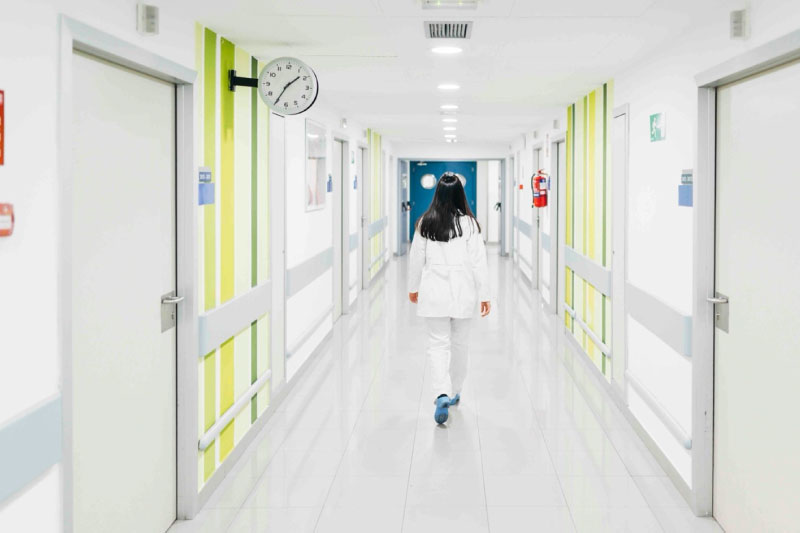
How RTLS Works in Lone Worker Safety Monitoring
A lone worker monitoring system based on RTLS scenarios involves four key components:
- Tags or Badges: Workers wear RTLS tags or badges that emit signals.
- Anchors and Gateways: These are strategically placed around the workplace to pick up signals from the tags and relay this information to a software system.
- Software: The software system interprets the data and displays the location of each worker on a map.
- Alert Mechanism: The system is programmed to send alerts via email, SMS, or other means when specific conditions are met (e.g., a worker entering a restricted area).
This system ensures constant monitoring and quick response capabilities, significantly enhancing lone worker safety.
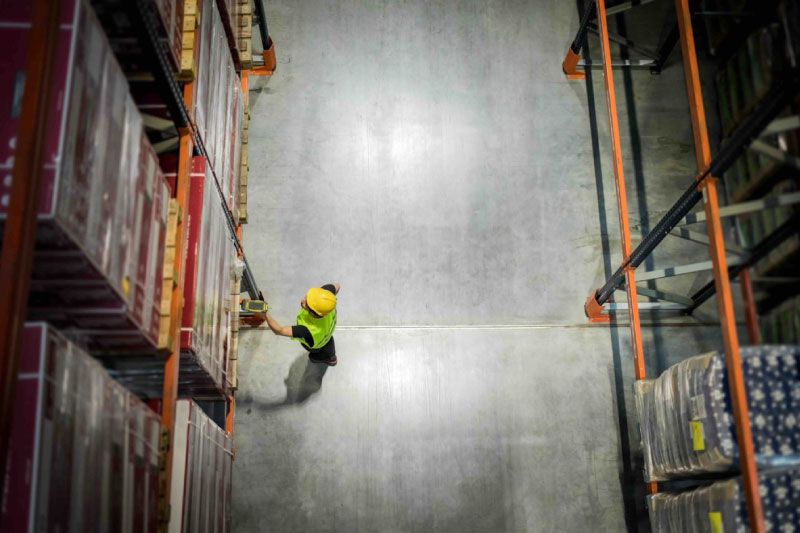
Litum’s Lone Worker Safety Solution
One of the leading solutions in this field is provided by Litum. Litum’s Lone Worker Safety solution, incorporating advanced RTLS technology tailored to address the specific needs of lone workers, is an outcome of two decades of innovation and on-site experience in location technologies.
Features of Litum’s Lone Worker Safety Solution
Panic Button: Instant duress alerts at a button’s press for immediate assistance
Free Fall Detection: Immediate alerts for falls, enabling quick emergency reactions
Immobility Detection: Automatic alerts for prolonged inactivity, ensuring timely response to potential health or safety incidents
Mustering: Pinpoint location tracking for efficient emergency response, eliminating blind searches in large facilities
Collision Warning: Alerts issued to both pedestrians and machine-operators when nearing dangerous machinery or areas, reducing the risk of accidents and enhancing awareness
Access Control: Controlled access in sensitive areas with immediate alerts for any unauthorized entries and exits, securing critical zones
Scheduled Check-ins: Alerts set for minimum or maximum durations within specified areas, ensuring workers adhere to time limits in sensitive zones for safety and compliance
Low Signal Detection: Alerts for low signal areas to maintain constant communication
Safety Dashboard: Real-time safety oversight with comprehensive data visualization
Results of Litum’s Lone Worker Safety Solution
- Improved lone worker protection through rapid detection of emergencies, enabling faster and more effective response
- Increased situational awareness through real-time monitoring and data analytics for proactive safety management and informed decision-making
- Enhanced regulatory compliance, reducing legal and operational risks
- Streamlined safety protocols, leading to a safer and more efficient workplace
- Faster responses to critical situations, notably improving lone worker safety and emergency management efficiency
- Minimized workplace incidents through alerts from free fall and immobility detection features
- Effective coordination between lone workers and security teams during emergencies, fostered by real-time updates and mustering capabilities
- Stronger adherence to safety regulations, enhanced by comprehensive incident tracking and preventative measures like access control and collision warning
- Higher employee morale and trust in safety protocols, leading to a smoother, safer and satisfying work environment
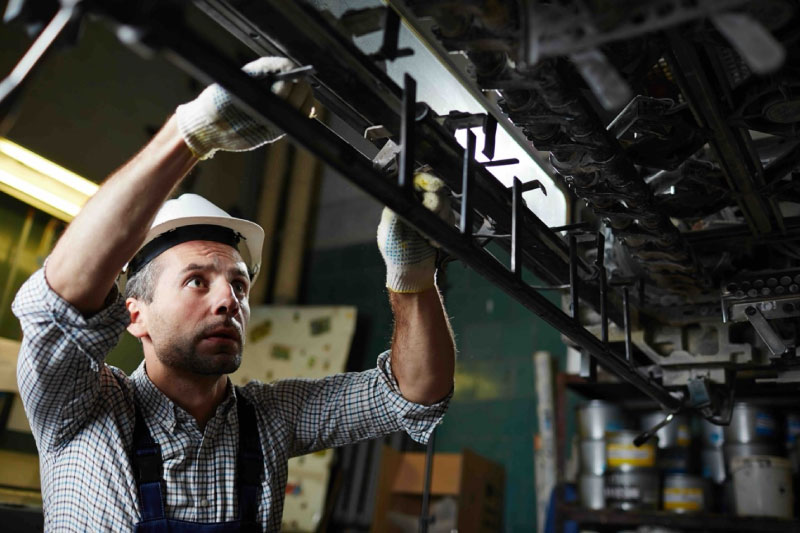
Litum’s Unique Value Proposition
At Litum, our primary goal goes beyond mere business; we hope to make a difference in the daily lives of workers by significantly improving their safety and well-being.
Continued Innovation Spanning Two Decades: Our RTLS solutions are shaped by 20 years of technology experience in over 50 countries, reflecting global best practices and diverse on-site experiences.
Precise Location Accuracy, Down to Centimeters: Using ultra-wideband (UWB) technology, we offer precise tracking of workers, crucial in ensuring the right help is delivered to the right spot.
Seamless Integration: Our solutions are designed to integrate smoothly with building management systems, enabling responsive actions based on environmental data.
Contact us today for a free assessment of your needs and how Litum can help.
